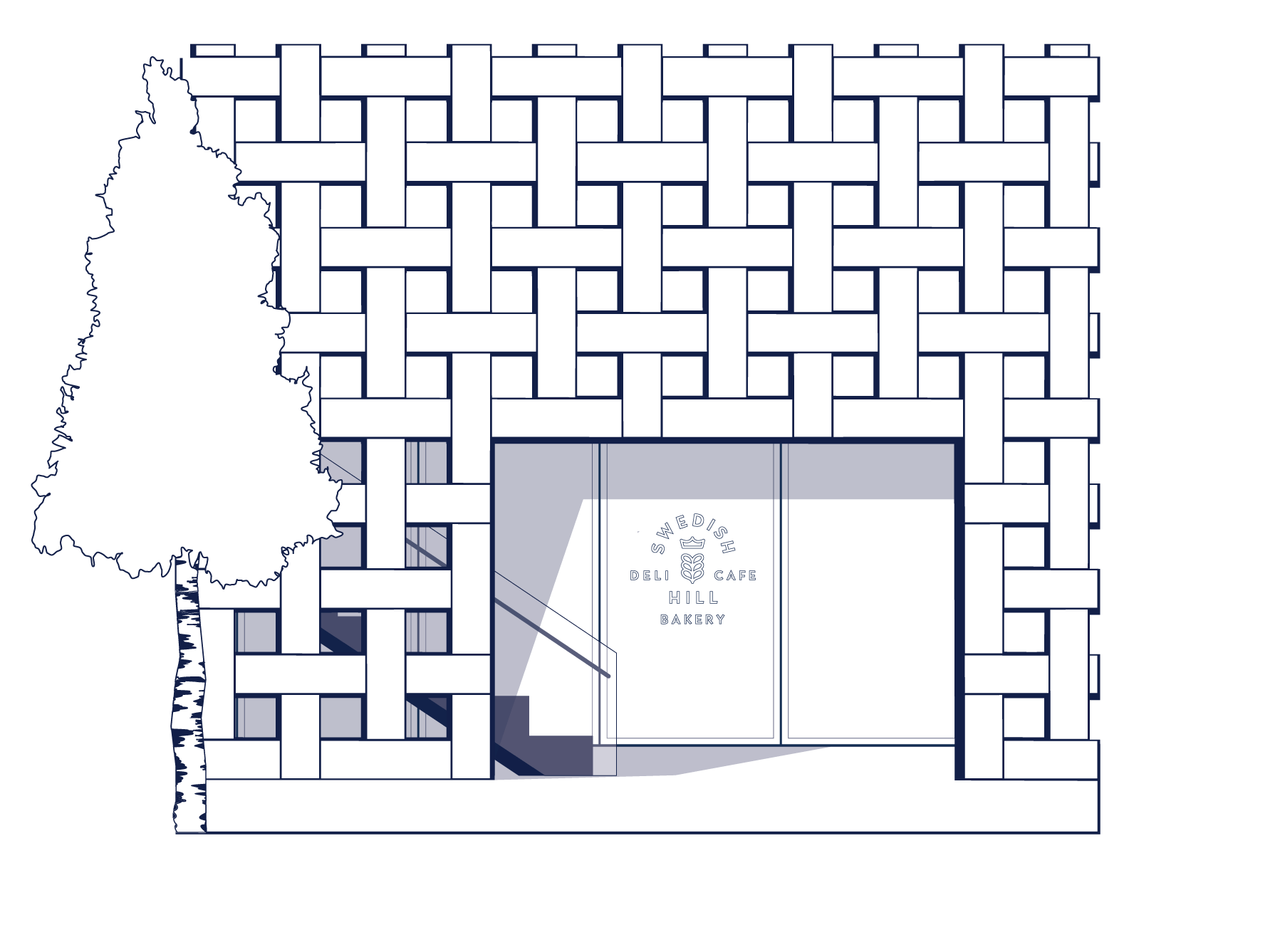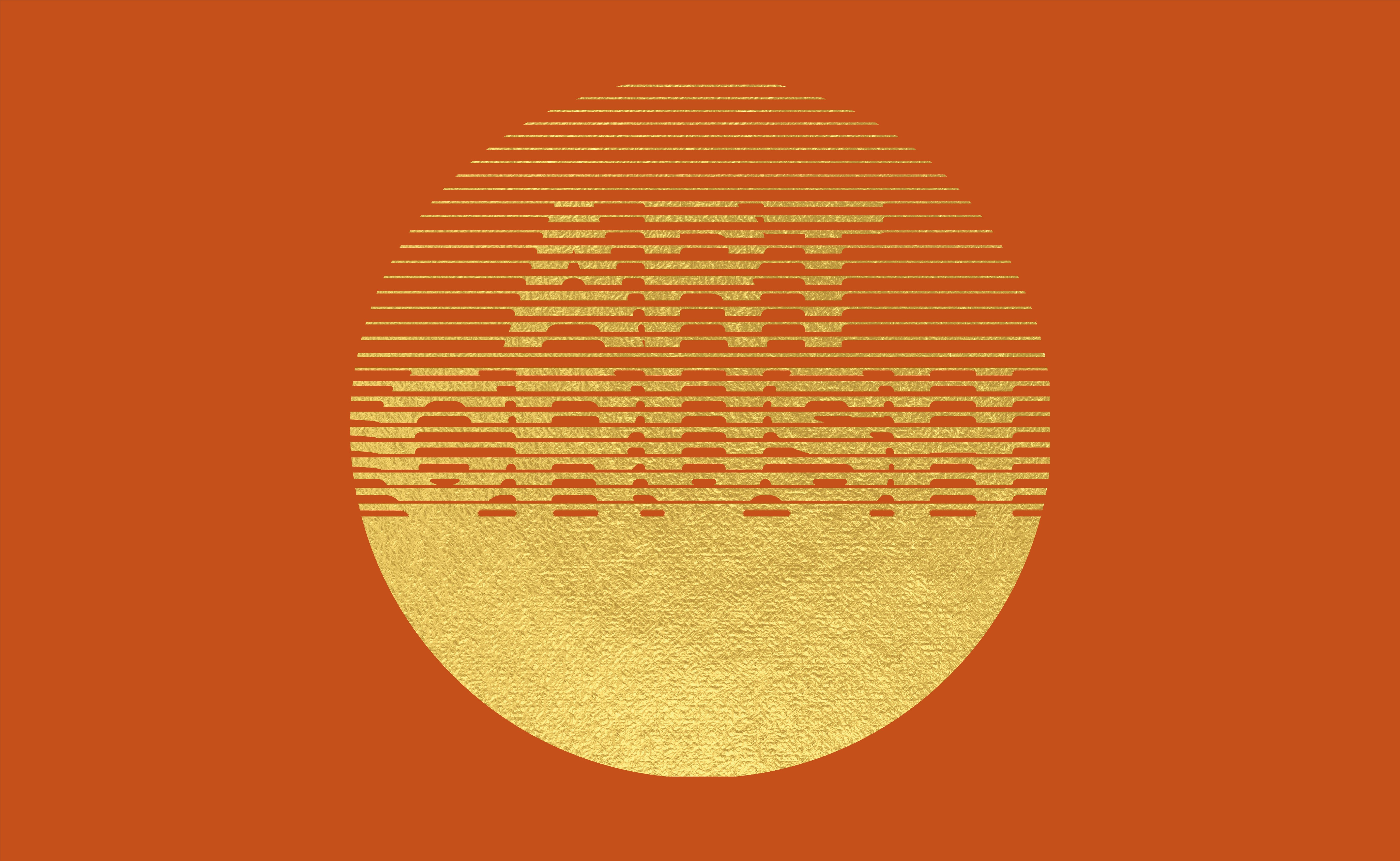Aspen Art Museum
- Join us on May 15 for engaging presentations by our esteemed 2024 Artist Fellowship recipients!
- Categories
- All events
- Talks and Lectures
- Member Events

- For more information on how you can join the AAM, please visit the Street Level Visitor Information Desk, inquire in the Shop, or call 970.925.8050.

- Swedish Hill Café is now open with extended hours from 8 AM–5 PM

- Aspen Art Museum is an artist-founded institution dedicated to supporting artists in the development of bold ideas to shape our museum and the field of art today.
Hervé Télémaque
Born in 1937 in Port-au-Prince, Haiti, Télémaque left for New York in 1957, when former president François Duvalier was elected to power to study at the Art Students League under painter Julian Edwin Levi. Entering into an art scene dominated by Abstract Expressionism, Télémaque became interested in the approaches of artists such as Arshile Gorky, Willem de Kooning, Jasper Johns, and Robert Rauschenberg, but at the same time felt limited by this early influence: “This thoroughly New York school seemed inadequate for me to express where Icame from and who I was.”
In 1961, Télémaque moved permanently to Paris, associating with the Surrealists, and later co-founding the Narrative Figuration movement in France with artistsGérald Gassiot-Talabot and Bernard Rancillac through the manifesto exhibition Mythologies quotidiennes at the Musée d'Art Moderne de la Ville de Paris in 1964. A reaction against the dominant trend towards abstract art and the developing movement of Pop Art in North America, Télémaque’s Narrative Figuration often results in works with a Pop sensibility that incorporate consumer objects and signs. His painting No Title (The Ugly American), 1962/64, was included in the reinstallation of MoMA’s permanent collection as part of the museum’s reopening in 2019 following a renovation and expansion.
By tracing the arc of his career from the 1950s onwards and unravelling these multilayered and complex works, the exhibition reveals the relevance and resonance of his practice to our current moment. Through their cartoon-like style and fluid approach to medium, Télémaque’s works utilize playful metonymies for the pervasive structures that continue to underpin our lives, making his work as pertinent to current artistic discourses as it is to challenging the political and art-historical narratives of the past sixty years.
Throughout his career, Hervé Télémaque has created an expansive body of work with a unique visual vocabulary featuring abstract gestures, cartoon-like imagery, and mixed-media compositions. Through his paintings, drawings, collages, objects, and assemblages, Télémaque brings together striking combinations of historical and literary references with those of consumer and popular culture. Incorporating images and experiences from Télémaque’s daily life, his extensive body of work consistently draws connections between the realms of interior consciousness and social experience and the complex relationships between image and language. A vehement commitment to highlighting the histories and contemporary resonances of racism, imperialism, and colonialism has remained a constant throughout the artist’s career, often referring to his Haitian heritage and experience as part of the Caribbean diaspora.
In 1961, Télémaque moved permanently to Paris, associating with the Surrealists, and later co-founding the Narrative Figuration movement in France with artistsGérald Gassiot-Talabot and Bernard Rancillac through the manifesto exhibition Mythologies quotidiennes at the Musée d'Art Moderne de la Ville de Paris in 1964. A reaction against the dominant trend towards abstract art and the developing movement of Pop Art in North America, Télémaque’s Narrative Figuration often results in works with a Pop sensibility that incorporate consumer objects and signs. His painting No Title (The Ugly American), 1962/64, was included in the reinstallation of MoMA’s permanent collection as part of the museum’s reopening in 2019 following a renovation and expansion.
By tracing the arc of his career from the 1950s onwards and unravelling these multilayered and complex works, the exhibition reveals the relevance and resonance of his practice to our current moment. Through their cartoon-like style and fluid approach to medium, Télémaque’s works utilize playful metonymies for the pervasive structures that continue to underpin our lives, making his work as pertinent to current artistic discourses as it is to challenging the political and art-historical narratives of the past sixty years.
Throughout his career, Hervé Télémaque has created an expansive body of work with a unique visual vocabulary featuring abstract gestures, cartoon-like imagery, and mixed-media compositions. Through his paintings, drawings, collages, objects, and assemblages, Télémaque brings together striking combinations of historical and literary references with those of consumer and popular culture. Incorporating images and experiences from Télémaque’s daily life, his extensive body of work consistently draws connections between the realms of interior consciousness and social experience and the complex relationships between image and language. A vehement commitment to highlighting the histories and contemporary resonances of racism, imperialism, and colonialism has remained a constant throughout the artist’s career, often referring to his Haitian heritage and experience as part of the Caribbean diaspora.
Related Exhibitions
Museum admission is
free courtesy
Amy & John Phelan
free courtesy
Amy & John Phelan
- Aspen Art Museum
- 637 East Hyman Avenue
- Aspen, Colorado 81611
- t: 970.925.8050
- f: 970.925.8054
- info@aspenartmuseum.org
Admission to the AAM is free courtesy of Amy and John Phelan
The AAM’s exhibitions and programming are FREE and accessible thanks to our members! Become a member today!
| Hours |
|
Tuesday–Sunday, 10 AM–6 PM
Closed Mondays
|
© 2024 Aspen Art Museum
General operating support is provided by Colorado Creative Industries. CCI and its activities are made possible through an annual appropriation from the Colorado General Assembly and federal funds from the National Endowment for the Arts.



General operating support is provided by Colorado Creative Industries. CCI and its activities are made possible through an annual appropriation from the Colorado General Assembly and federal funds from the National Endowment for the Arts.















